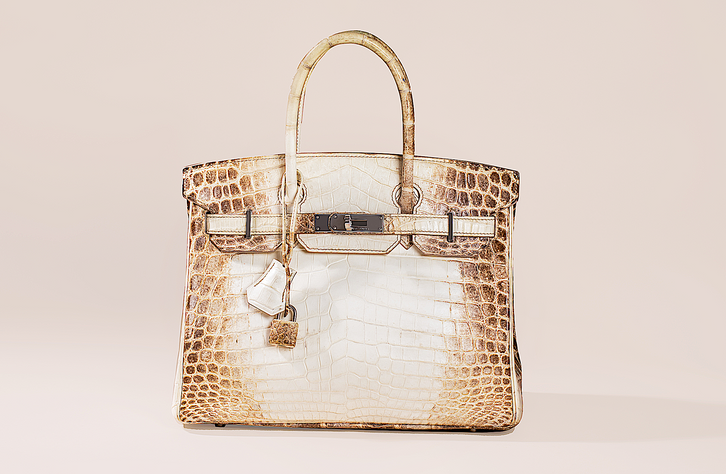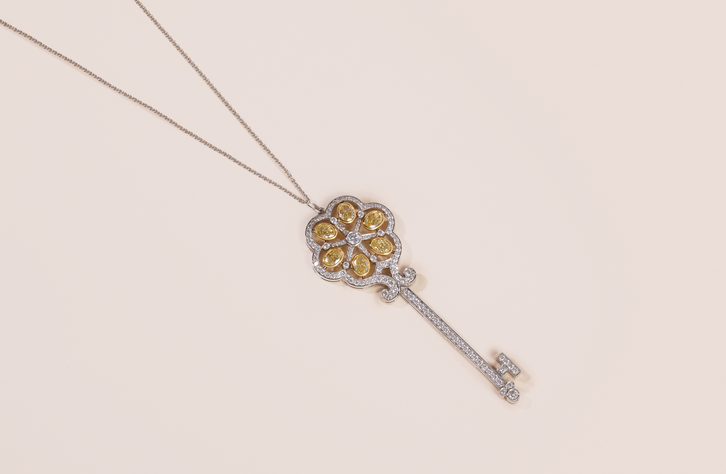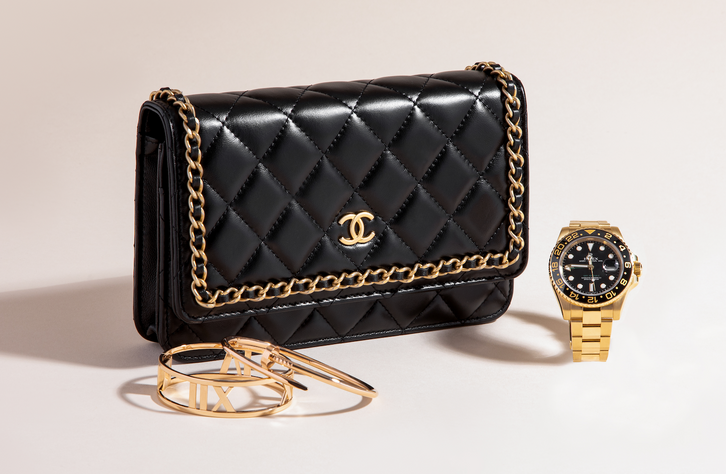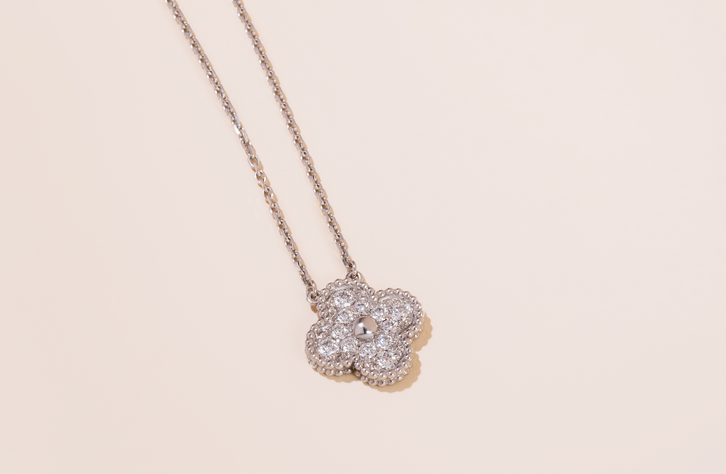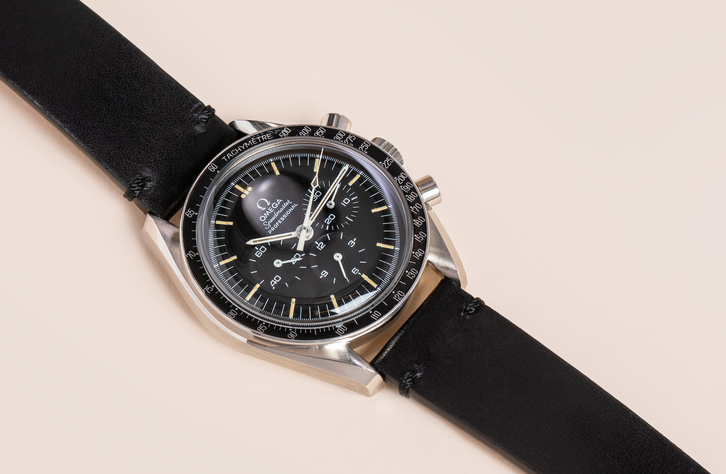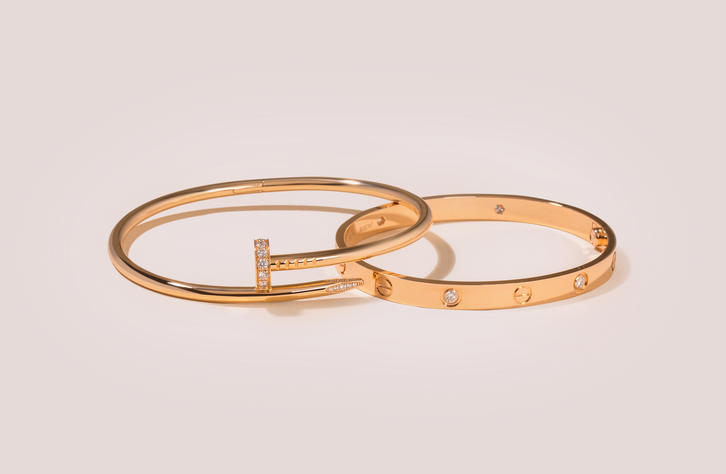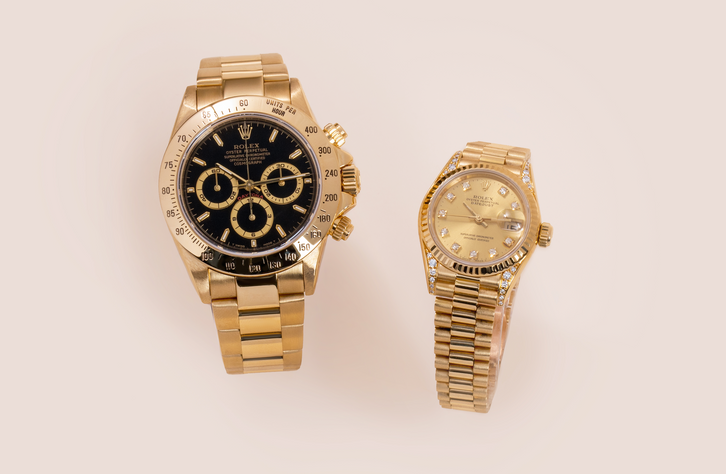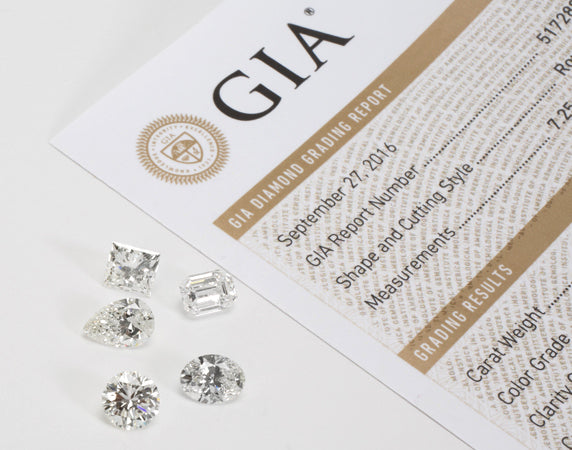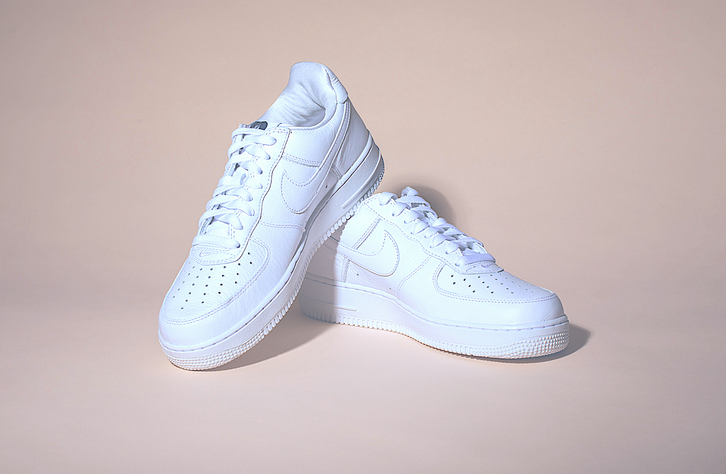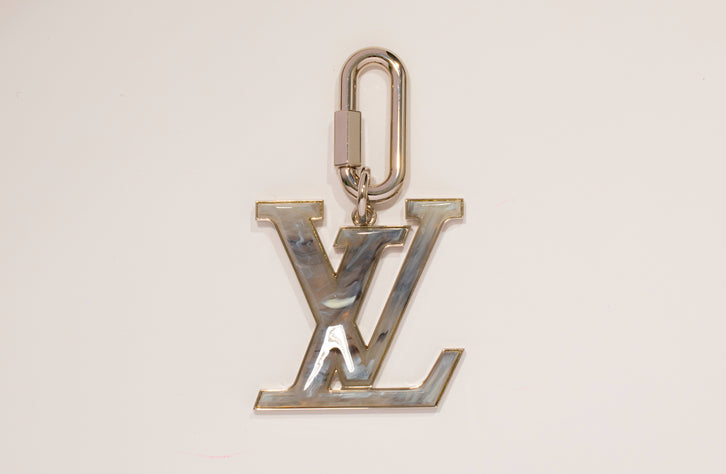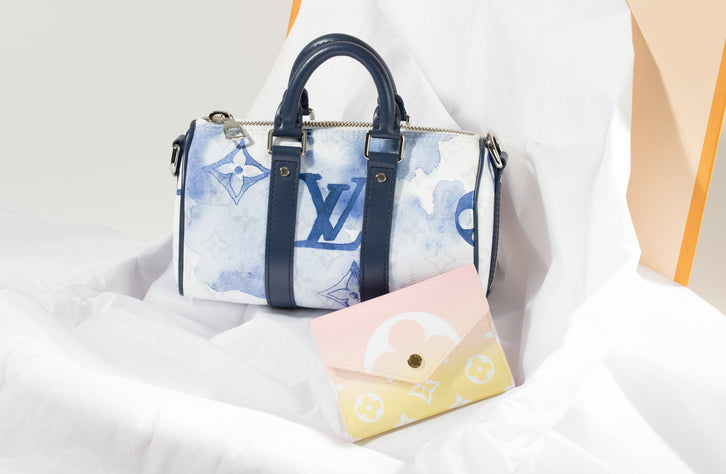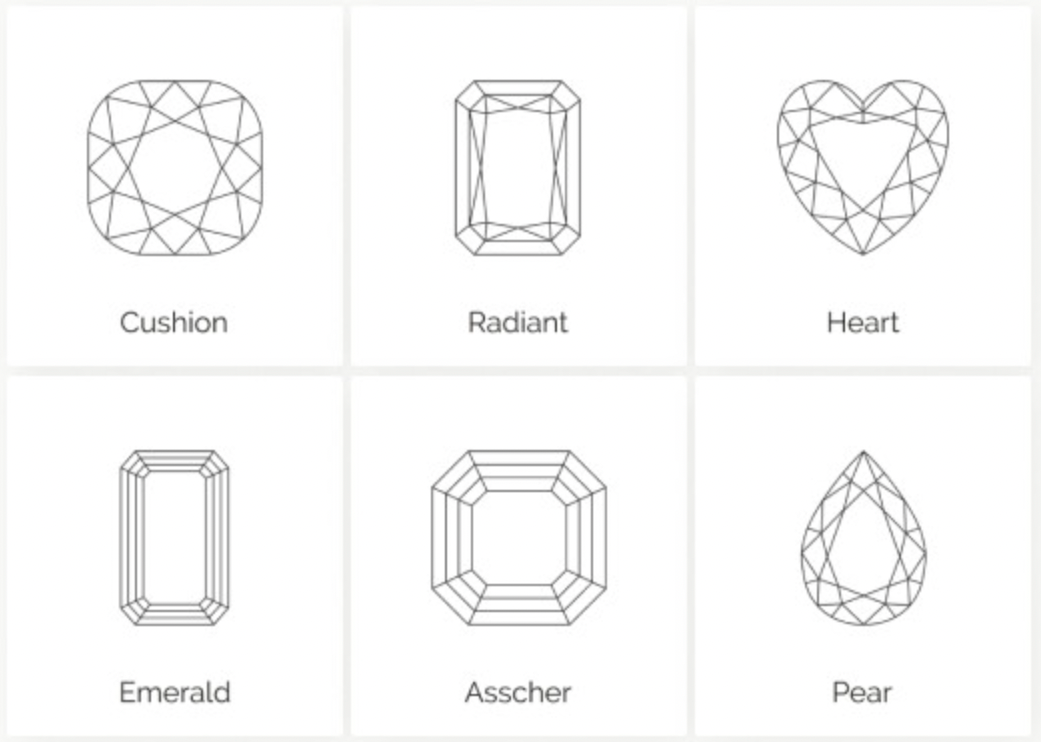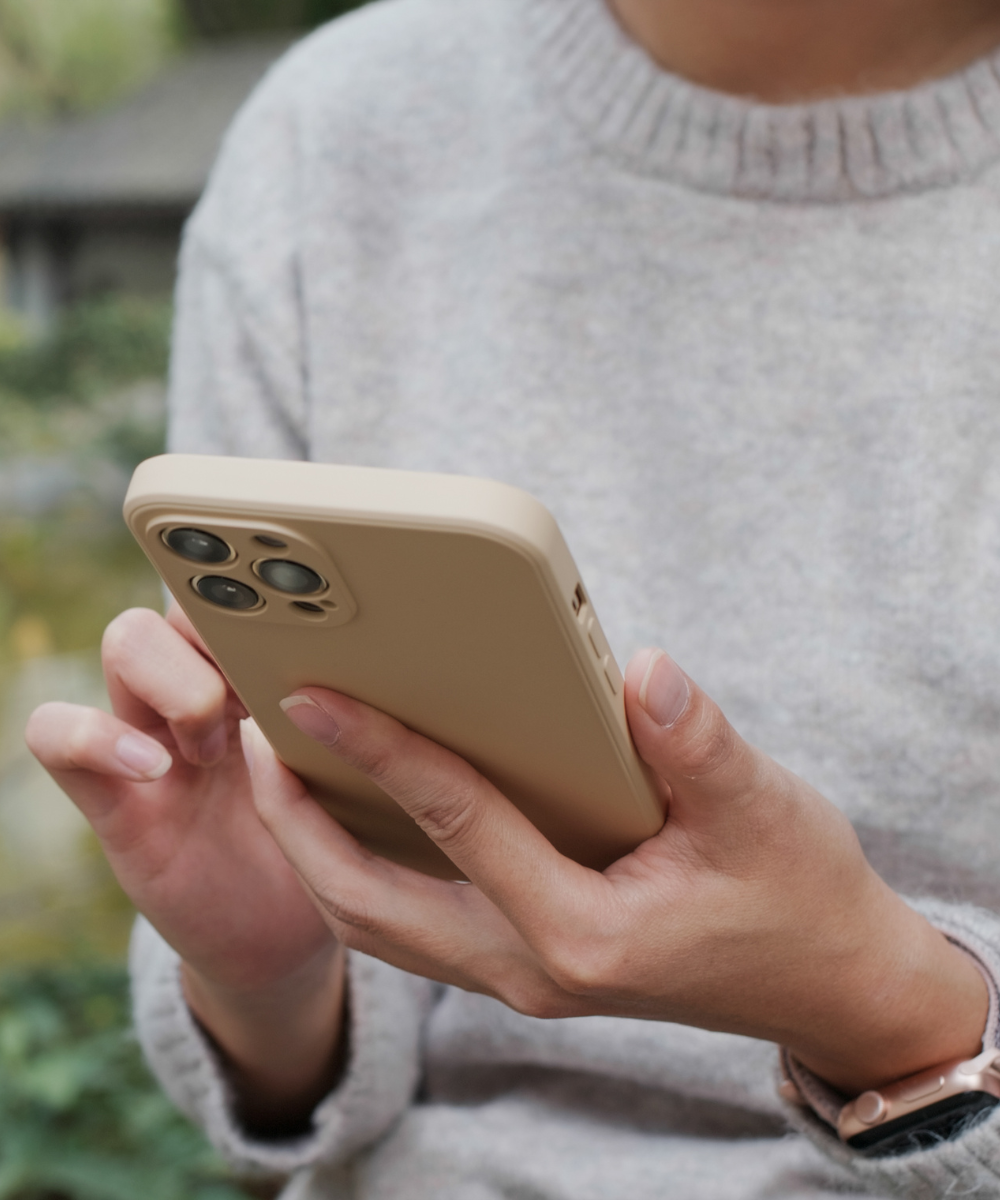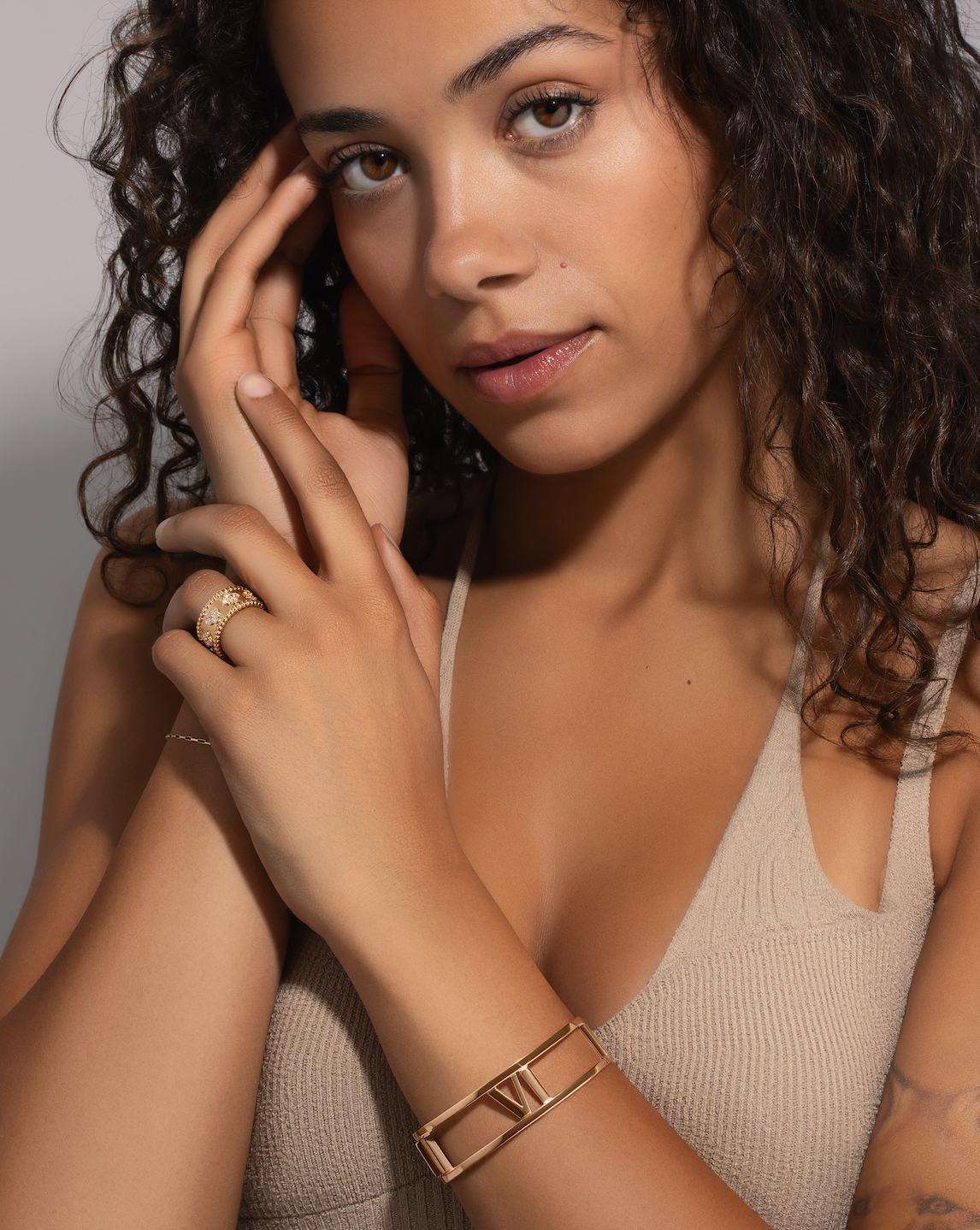YOUR BAG ()
ORDER SUMMARY
SUBTOTAL
$0
Shipping
Calculated at Checkout
Total
$0







We accept all major cards as well as PayPal and credit options through Affirm
YOUR CART ()
Your cart is currently empty
SUBTOTAL
$0
SHIPPING
CALCULATED AT NEXT STEP
This order qualifies for Free US Shipping









Designers
Styles
Color
Our Picks
Designers
Designers
.
.
Our Picks
Our Picks
Category
Designers
.
Category
Engagement Rings
.
.
Designers
Sneakers
